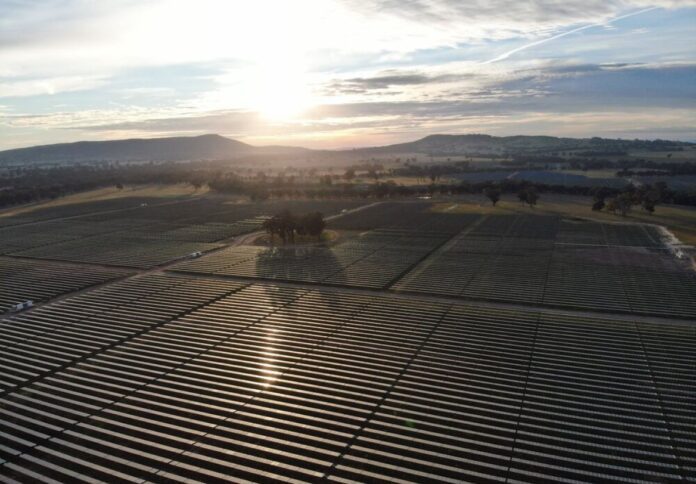
PwC Australia has published a report on ways Australia’s silicon industry can develop from mining and processing through to the manufacture and export of photovoltaic (PV) solar panels.
Commissioned by Australia’s national science industry CSIRO, the Australian Silicon Action Plan report suggests the establishment of a domestic solar supply chain to position Australia as a global superpower for solar PV electricity generation.
Minister for Industry and Science Ed Husic said the report is a welcome contribution to discussions about how best to enable new manufacturing capabilities in the country.
The report highlights silicon’s role in emerging technologies, such as solar cells, semiconductor chips, optical fibres, aluminium alloys, and alternative batteries.
“As I’ve said previously, if we mine it here, we should make it here,” Husic said.
The minister also highlighted the initiative’s potential alignment with the government’s priorities for the National Reconstruction Fund, such as value-adding resources and for renewable and low-emissions technologies.
“The NRF will help to support new industries and advanced manufacturing in Australia,’ Husic added.
The National Reconstruction Fund’s investment in value-add in resources is aimed at expanding Australia’s mining science technology and ensuring a greater share of raw materials extracted is processed domestically.
About $1 billion of the NRF has been allocated to support this specific priority area.
In a press release, the minister also noted that solar PV is expected to show rapid growth in both Australia and globally and serve as a crucial technology in the clean energy transition.
Solar PV’s contribution to the energy mix in Australia is expected to increase to about 50 per cent by 2050.
According to data from the International Renewable Energy Agency, the estimated annual global solar power generation capacity must increase by more than 14-fold by 3050 in order to reach net-zero goals.




















